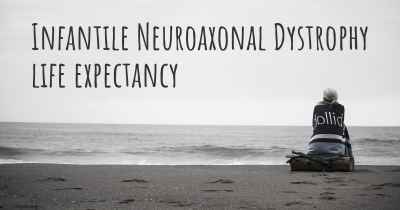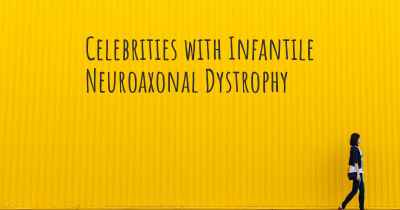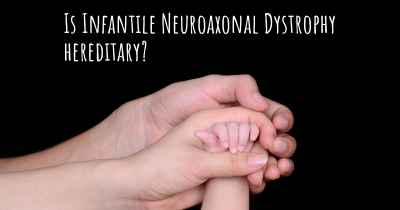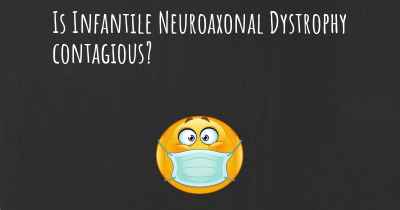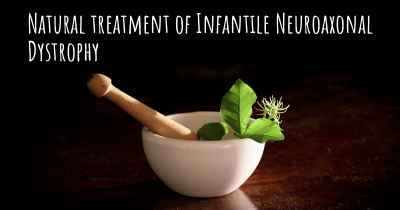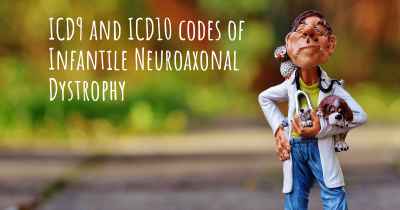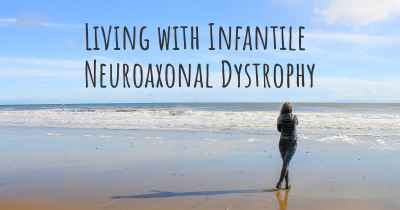How is Infantile Neuroaxonal Dystrophy diagnosed?
See how Infantile Neuroaxonal Dystrophy is diagnosed. Which specialists are essential to meet, what tests are needed and other useful information for the diagnosis of Infantile Neuroaxonal Dystrophy
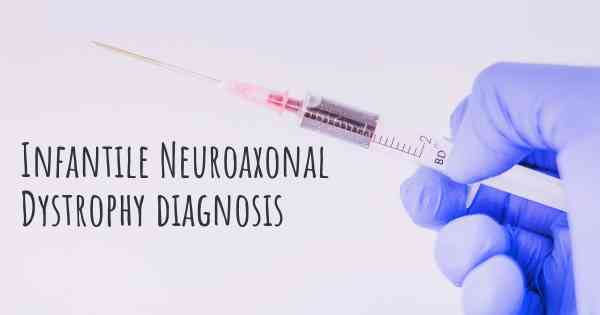
Infantile Neuroaxonal Dystrophy (INAD) is a rare genetic disorder that affects the nervous system. It is characterized by the progressive degeneration of nerve fibers in the brain and spinal cord, leading to various neurological symptoms. Diagnosing INAD can be challenging due to its rarity and the similarity of symptoms with other neurodegenerative disorders.
Medical History and Physical Examination: The diagnostic process typically begins with a thorough medical history review and physical examination. The doctor will inquire about the child's developmental milestones, family history, and any observed neurological symptoms. They will also conduct a comprehensive physical examination to assess motor skills, reflexes, muscle tone, and other neurological signs.
Neuroimaging: Imaging techniques such as magnetic resonance imaging (MRI) play a crucial role in diagnosing INAD. MRI scans can reveal specific abnormalities in the brain, including the presence of iron deposits in certain regions. These findings, combined with the clinical presentation, can raise suspicion of INAD.
Electroencephalogram (EEG): An EEG is a test that measures the electrical activity of the brain. It can help identify abnormal brain wave patterns that may indicate neurological dysfunction. In INAD, EEG findings can be nonspecific but may contribute to the overall diagnostic evaluation.
Nerve Biopsy: In some cases, a nerve biopsy may be performed to examine the nerve fibers under a microscope. This invasive procedure involves taking a small sample of nerve tissue, usually from the skin or muscle, and analyzing it for characteristic abnormalities associated with INAD.
Genetic Testing: Genetic testing is the most definitive method to diagnose INAD. It involves analyzing the child's DNA for mutations in the PLA2G6 gene, which is known to be associated with INAD. This can be done through various techniques, including targeted gene sequencing, whole-exome sequencing, or specific mutation analysis.
Other Laboratory Tests: Additional laboratory tests may be conducted to rule out other potential causes of the symptoms and to assess overall health. These may include blood tests, metabolic screening, and enzyme assays.
It is important to note that the diagnostic process for INAD requires the expertise of multiple medical specialists, including neurologists, geneticists, and radiologists. The combination of clinical evaluation, neuroimaging, genetic testing, and other diagnostic procedures helps in accurately diagnosing Infantile Neuroaxonal Dystrophy.
